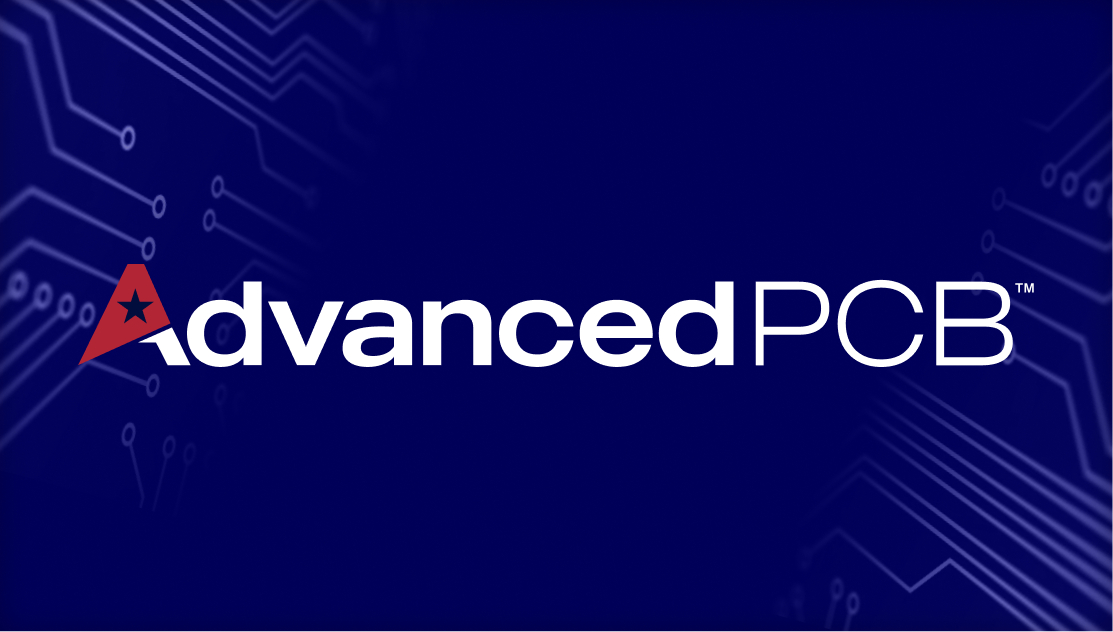High Speed PCB Design Considerations

PCB Layout is Crucial
Efficient fabrication of printed circuit boards (PCBs) utilized in high speed circuitry is critical to the end result. Yet often the PCB layout design is not a proactive thought in the process. Advanced planning and adherence to important factors will go a long way toward providing designs that result in the desired functionality and successful fabrication of PCBs. These practices of designing for manufacturing (DFM) and taking extra consideration for high speed circuit demands need to be addressed in the early stages of board layout design rather than being an afterthought.
Poor layouts can result in performance issues when fabricated PCBs are put into testing or production use. At that point redesign or rework become exponentially more costly and time-consuming, as circuit failures or performance issues are evaluated and layouts of prototypes are reconfigured.
Considerations for PCB Design
There are many factors that contribute to successful PCB design in high speed circuitry:
Schematic documentation – detailed schematics form the basis for good layout design. Questions often arise at the fabrication point related to physical layout of the board. A clear schematic can save time in resolving questions by providing the intended flow of the circuit. Include as much information as possible on the design schematic including any specifics available such as trace lengths, required component placements, board housing information, etc.
Extra set of eyes – often the circuit designer and engineer doing the layout will not be the same individual. In such cases it will add value for the PCB layout technician to consult with the initial designer to ensure the layout meets the specific criteria of the design. Collaboration at this stage of the design can save time and money in producing PCBs that function as designed and meet the intended results and performance levels.
Component location – there are some major components that must be well-defined for board functionality, such as critical power locations and input/output points. Other component placement can also have an adverse effect on the overall performance of the PCB, including placement of individual circuits such that their physical proximity does not impact the functionality of another.
Power supply – power supply bypassing to minimize “noise” is especially important for high speed circuitry. Incorporating common methods such as rails-to-ground or rail-to-rail can provide effective results.
Parasitics – high-speed circuits can often be negatively impacted by unintended stray capacitance referred to as parasitics. Understanding the potential source of such inductance and avoiding this potential instability or resulting oscillations in the circuit is an important consideration for high-speed PCB design.
Additional considerations regarding parasitics come into the equation on PCB design including the configuration for ground plane utilization and packaging.
Routing/shielding – signals on boards can interfere with one another, and with high speed circuitry the negative effects become even more crucial. It is imperative that PCB designers plan accordingly for how the board will avoid such conflicts between signal paths through several techniques:
- Keep long parallel runs to a minimum on the same board
- Reduce the occurrence of long traces on adjacent board layers
- Maintain as much distance between signal traces as possible
- If individual signal traces do require higher levels of isolation, route them on separate layers when possible
Materials – fabrication materials utilized in board construction play an important role in reduction of noise and cross-talk of signals. Different materials have varying dielectric constants, and a lower constant results in signals that propagate at higher speeds.
Trace construction – use of microstrip or stripline trace layouts can also impact signal performance. Values that come into play include the trace width, thickness, and the dielectric constant of materials in use. Each of these values impacts the resulting resistance, inductance, and capacitance of the trace, impacting the associated signal path’s performance as well as potential noise separation attributes.
Successful Design of High Speed PCBs
Adhering to best practices and guidelines for high speed PCB design will minimize trouble-shooting and rework. Document design constraints for reuse by all PCB design engineers, and update them regularly. Develop a design consideration hierarchy that clearly illustrates to designers the most critical considerations so that they are second nature early in the development process.
The primary goal is to produce working boards that function reliably and as designed, at the lowest practical cost.

AdvancedPCB
Related Posts

Future trends of the circuit board

Understanding the Difference between PCB prototyping and Full Spec Production



